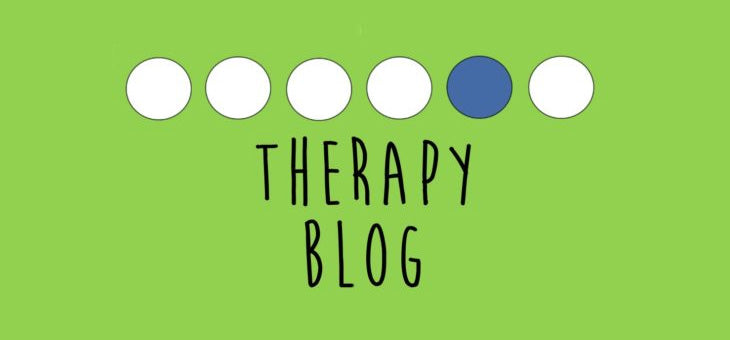Imagine this – Everyday while getting ready for school your child tries to zip up their jacket and is unsuccessful, so each day they turn to you and rely on you to zip it up. After this occurs many, many times the child begins to believe that they are not capable of zipping up their jacket, so they stop trying all together. Eventually, it becomes habitual for you to just quickly zip up their jacket every morning and it does not occur to you that your child has the developmental ability to zip it on their own and therefore, you never ask them to try or do it themselves.
When multiple scenarios with a pattern similar to this occur, children often begin to experience “learned helplessness.” Learned helplessness is when a child believes that they have little or no ability to impact their problems or situations. Often when a child believes that there is nothing they can do to get the results they desire in various tasks and situations, they make less and less of an effort to do so. With the best intentions in mind, this is often when parents contribute to learned helplessness by jumping in and completing the task or fixing the problem for the child because it may be quicker or more efficient than allowing the child to try and learn. By not allowing the child to work through their problems or complete developmentally appropriate tasks on their own, the parent can contribute to the child’s increased dependence on them in their daily life and delay their overall independence and ability to solve problems.
In order to break this cycle, it is important to be intentional with how, when, and why you assist your child in everyday tasks and problems. Below are some tips to prevent learned helplessness and promote independence and problem solving in your child:
- Allow Mistakes – It is common and natural to want to resolve your child’s problems, but this does not allow them to learn how to problem solve or learn from their mistakes. Allow them to experience failure and teach them how to move forward and learn from it.
- Watch and Wonder – A great strategy to avoid jumping in and solving problems for your child is to just watch, wonder aloud about what you see, and narrate your thought process, without actually solving the problem for them. Using “I wonder…” statements is often very powerful. For example, if they ask you to help them with a simple craft project, you could say something like, “I wonder what you could use to stick the popsicle sticks together.” Or if they are can’t find their homework, “I wonder where you were sitting the last time you were working on your homework.”
- Provide Multiple Potential Solutions – Whenever possible, allow your child to make decisions by giving them multiple acceptable options. This can be in simple day to day situations, like choosing the color shirt that they wear to school, or in more tough situations, like how they should work through the fight they got in with their sibling.
- Build Road Blocks – By making more simple problems in your child’s everyday life, you allow your child increased opportunities to solve problems. A fun way to do this is to playfully act like you don’t know how to do things they ask you to do. For example, if they ask you to make them a bowl of cereal, you playfully pretend you don’t know where the cereal is or how to make it, allowing them to direct you and assist in the process. When performing this tip, it is important to make sure a solution is possible and for you to simplify the problem or assist with solving the problem in order for the child to be successful.
- Ask Your Child for Help – When you encounter small or large problems in your daily life, ask your child for assistance. This allows your child to work through problem solving more often and also increases their confidence in their problem-solving abilities in order to manage their own future problems.
- Break Down the Problem into Chunks – This is a great strategy for older children because many times their problems seem too complex for them to be able to solve independently. Assist them in breaking down their problem into manageable steps in order to make it more feasible to solve the larger problem. For example, if the child misses the bus every day for school, you can work together to figure out that this typically happens because their backpack is never packed, they never have an outfit picked out, and they forget to brush their teeth. Then, you can assist them in brainstorming ideas to solve these smaller problems, so they are able to solve the larger problem and make it to the bus on time.
Children with cognitive, emotional, speech, and/or physical development delays are at increased risks for experiencing learned helplessness due to their delays in independence in daily activities. If you have concerns regarding your child’s development and/or independence, contact the therapists at The Therapy Spot to talk with a therapist or schedule an evaluation.
References
DiMaria, L. (2019). What learned helplessness looks like in children. Retrieved from https://www.verywellmind.com/learned-helplessness-in-children-1066762
Morin, A. (2019). How to teach kids problem-solving skills. Retrieved from https://www.verywellfamily.com/teach-kids-problem-solving-skills-1095015


